MEDIEVAL ART IN MOTION
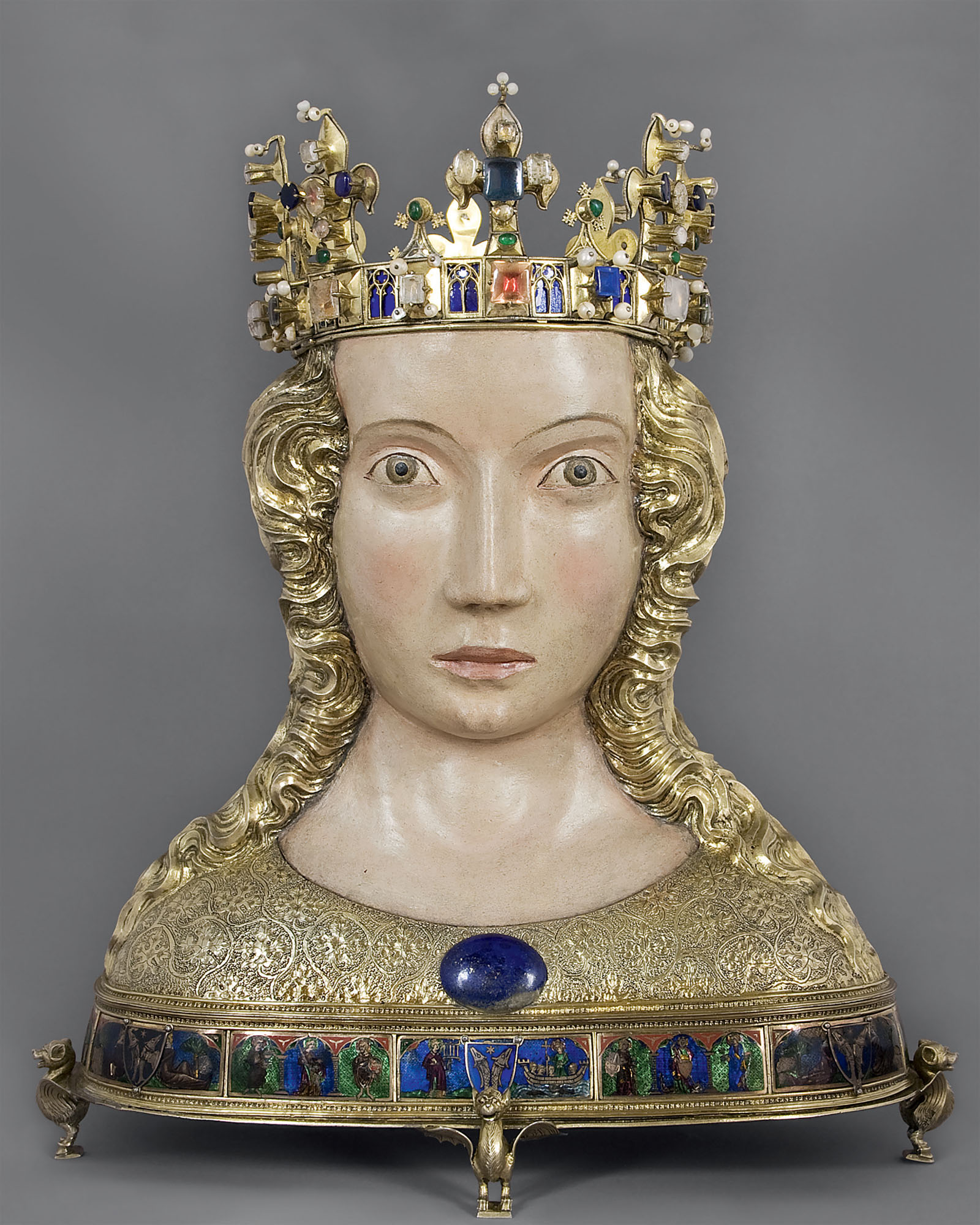


This book is made possible by a collaborative grant from the Andrew W. Mellon Foundation.
Library of Congress Cataloging- in- Publication Data
Names: Proctor- Tiffany, Mariah, 1971 author.
Title: Medieval art in motion : the inventory and gift giving of Queen Clmence de Hongrie / Mariah Proctor- Tiffany.
Description: University Park, Pennsylvania : The Pennsylvania State University Press, [2018] | Includes bibliographical references and index.
Summary: Reconstructs the art collection and material culture around the fourteenth- century French queen Clemence de Hongrie. Examines how she moved her objects in a deliberate strategy to build her identity and create a lasting legacy for herself and her family in medieval ParisProvided by publisher.
Identifiers: LCCN 2018026636 | ISBN 9780271081120 (cloth : alk. paper)
Subjects: lcsh: Clementia, of Hungary, Queen, consort of Louis X, King of France, 12931328Art collections. | Clementia, of Hungary, Queen, consort of Louis X, King of France, 12931328Art patronage. | ArtCollectors and collectingFranceParisHistoryTo 1500. | Art PatronageFranceParisHistoryTo 1500. | Art, MedievalFranceParis. | GiftsFranceHistoryTo 1500.
Classification: LCC N5262.C56 P76 2018 | DDC 709.402dc23
LC record available at https://lccn.loc.gov/2018026636
Copyright 2019 Mariah Proctor- Tiffany
All rights reserved
Printed in China
Published by The Pennsylvania State University Press,
University Park, PA 168021003
The Pennsylvania State University Press is a member of the Association of University Presses.
It is the policy of The Pennsylvania State University Press to use acid- free paper. Publications on uncoated stock satisfy the minimum requirements of American National Standard for Information SciencesPermanence of Paper for Printed Library Material, ANSI Z 39.481992.
Additional credits: Cover, attributed to Jean de Touyl, reliquary shrine of Elizabeth of Hungary ().
 For Scott, Maquelle,
For Scott, Maquelle,
and Corinn
CONTENTS
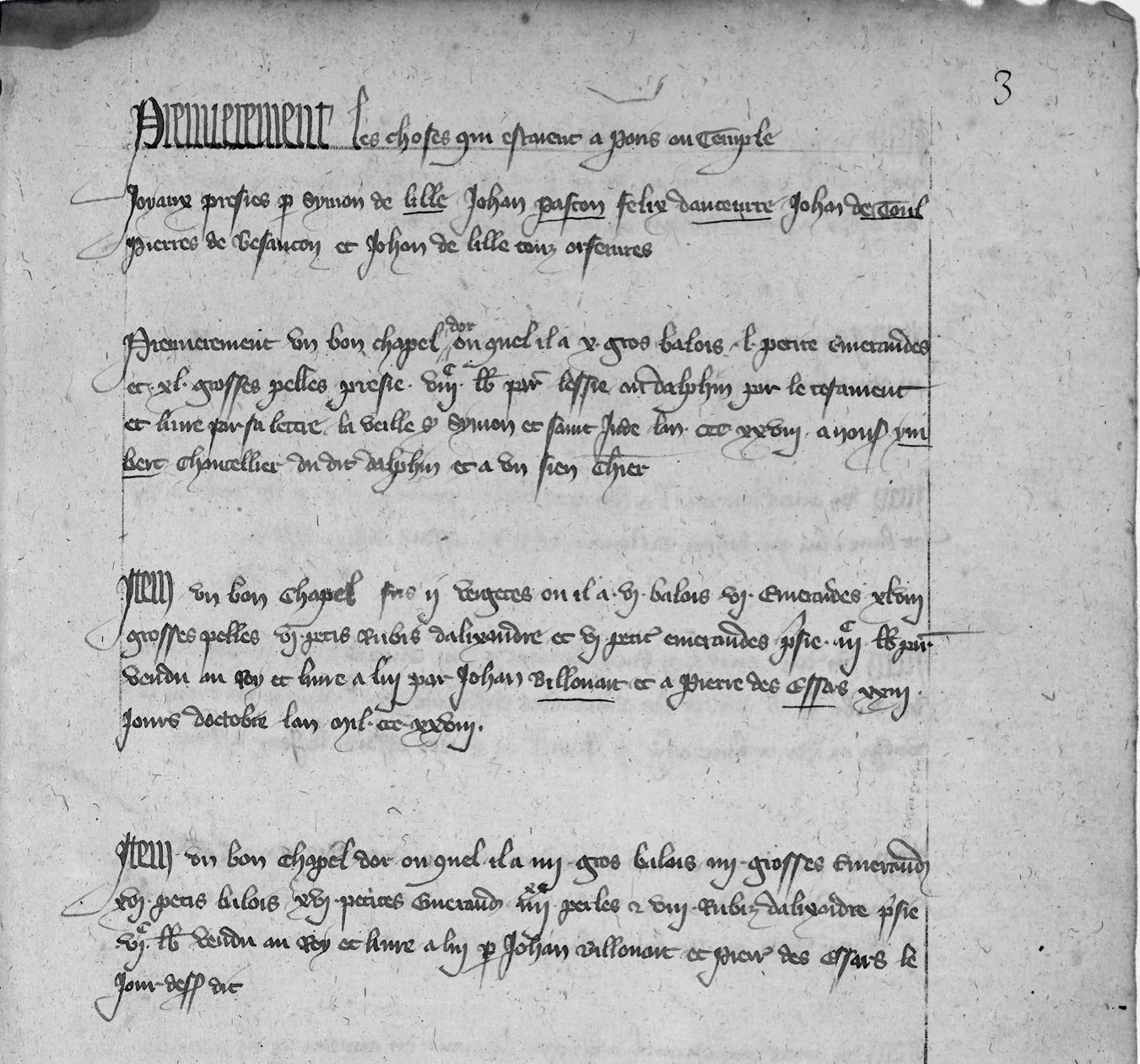
APPENDIX 1
The Testament of Clmence de Hongrie
APPENDIX 2
The Inventory of Clmence de Hongrie
APPENDIX 3
Glossary
FIGURES
MAPS
CHARTS
TABLE
Over the years of working on this project, I have gathered many debts and many dear friends. To Sheila Bonde and Evelyn Lincoln at Brown University, I owe many of the questions I asked of the testament and inventory of Clmence de Hongrie, and Barbara Drake Boehm was a constant source of knowledge about these documents and medieval art. I am grateful to nineteenth-century historian and archivist Louis Dout-dArcq for editing the inventory, enabling me to spend my time putting the data in spreadsheets and analyzing it. Joan Branham commented on parts of my project early on, and Dsire Koslin generously spent a day discussing the textiles in the inventory with me. Alice Klima, Anne Heath, Andrea LePage, Melissa Katz, Nathaniel Stein, Eva Allan, and Joseph Silva, my friends from graduate school, helped me process much of this information. My faculty writing group at Rhode Island School of Design was similarly pivotal: Hannah Carlson, Suzanne Scanlan, Pascale Rihouet, and Dalia Linssen all asked difficult questions and were a sounding board as I organized my ideas.
Joan Holladay was a consistent support from the beginning, and she offered invaluable comments on the manuscript at a late stage. I am grateful to Elizabeth A. R. Brown for her excellent research on the Capetian dynasty and her generosity in sharing sources and advice with me. Anne Stanton and Theresa Earenfight offered crucial insights on the manuscript, and lengthy conversations with Marguerite Keane were pivotal as well. I thank Brigitte Buettner, whose advice and research on gift giving and the sumptuous arts have been so important in developing my work. Chris Woolgar gave helpful comments on my article about Clmence de Hongrie for the Journal of Medieval History, as did Elena Woodacre on the essay I wrote for her volume Queenship in the Mediterranean. Tracy Chapman Hamilton, with whom I have collaborated since 2014 on digital mapping projects and the volume Moving Women Moving Objects (5001500) for Brill, has given me valuable suggestions; I have grown as a scholar in working with her.
I am grateful to Miriam Shadis, Jennifer Borland, Asa Mittman, Eileen McKiernan Gonzlez, and Matthew Clear as well. Anne McEnroe and Marie Kelleher assisted me with the Latin quotations, and Pascale Rihouet vetted the translations from French, which are my own unless otherwise noted. While performing in Bari, my cousin Nina Warren kindly went to the treasury of the church of St. Nicolas to search for any of Clmences objects that might have survived. I thank my undergraduate research assistants, Rebeca Sanchez and Jacqueline Pea. Genevra Kornbluth went to Saint-Denis to make the images of the tombs there, Lynn Carlson (GISPBrown University) made my study maps, and Tom Paradise graciously made the maps for the book.
I am thankful to the Samuel H. Kress Foundation for funding the early stages of this project in France, and to the Salomond family for supporting my writing through a fellowship in 20067. An International Center of Medieval Art / Samuel H. Kress book research award also moved the project forward. I advanced my thinking on women and space as a fellow at the Samuel H. Kress Digital Mapping and Art History Institute at Middlebury College in 2014, expertly led by Anne Knowles and Paul Jaskot. I am also deeply grateful for the Mellon Art History Publication Grant through the Pennsylvania State University Press, which paid for the image rights for this book. And I appreciate the support of my colleagues at California State University, Long Beach, in particular Karen Kleinfelder and Catha Paquette. CSULB College of the Arts course releases helped me finish this book. I am grateful to Eleanor Goodman and the PSUP editorial board for bringing the book to press, and to the excellent professionals Keith Monley, Regina Starace, and Matthew Williams for bringing the book through copyediting, design, and typesetting.
I appreciate the librarians and archivists at the Bibliothque nationale de France, the Archives nationales de France, the Bibliothque royale de Belgique, the Bibliothque municipal de Rouen, and regional archives in Corbeil and vreux, and professionals at sites in Naples and Budapest. I thank the librarians at Brown University, Rhode Island School of Design, and California State University, Long Beach, for keeping me buried in interlibrary loan books.
Finally, I am thankful for the support and kindness of my familymy parents, Keith and Mauna Proctor, and my sister, Brook. Most of all, I appreciate my husband, Scott Tiffany, and my daughters, Maquelle and Corinn, who have always had Clmence in their lives.

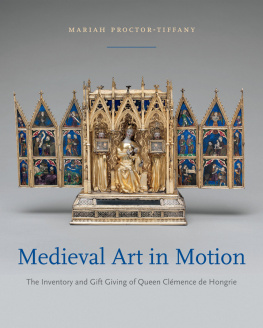


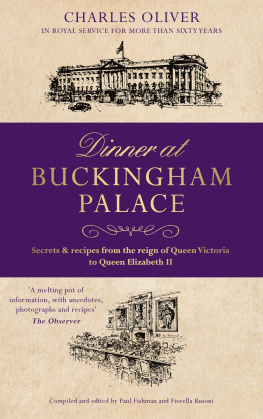


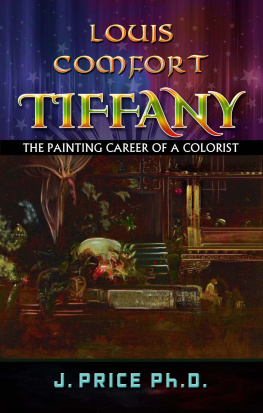




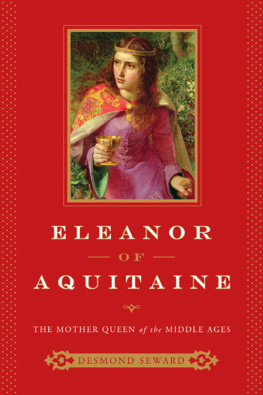




 For Scott, Maquelle,
For Scott, Maquelle,